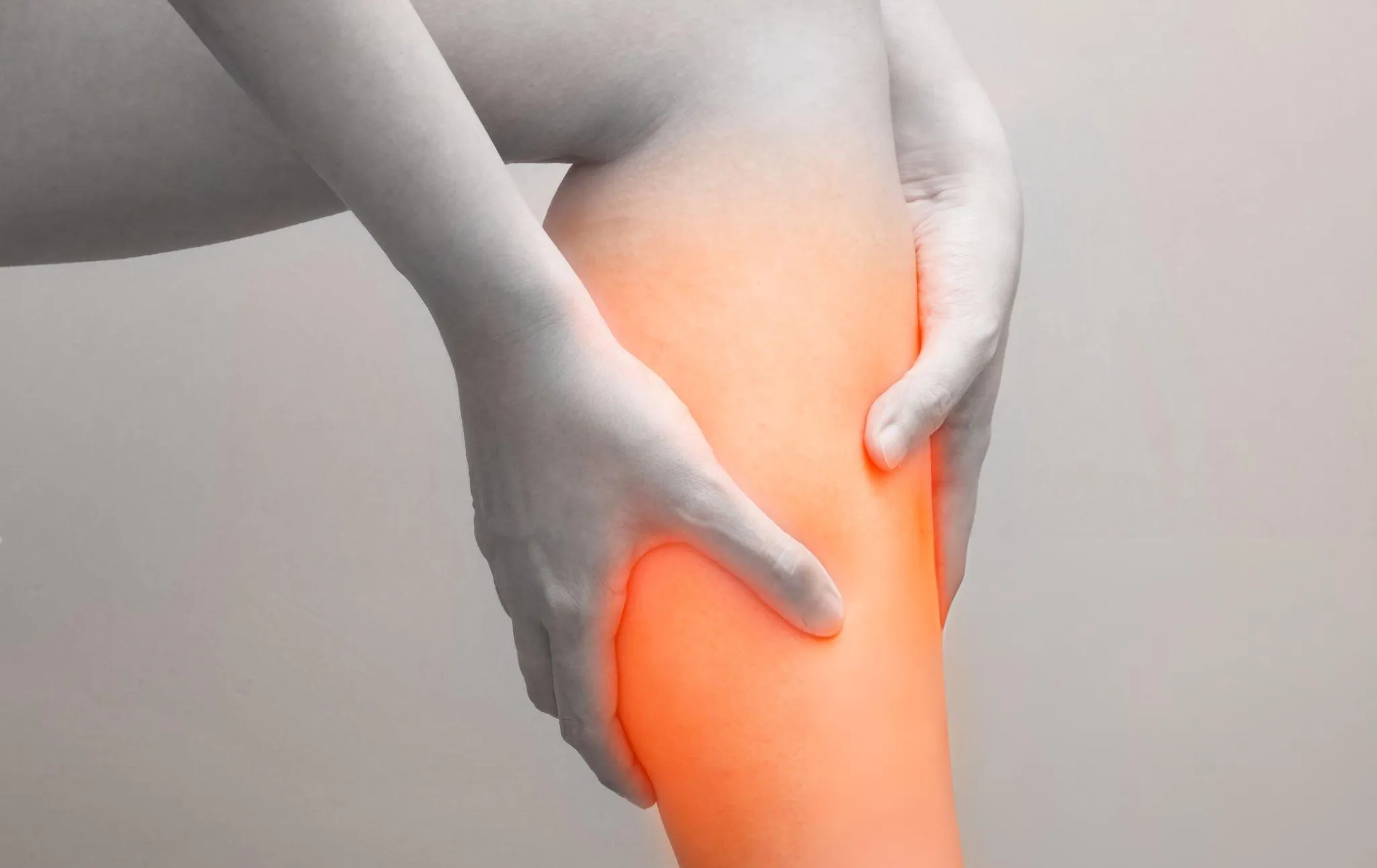A coronary heart attack happens when something prevents your heart from receiving the oxygen it requires due to a blockage within the blood deliver. The heart rate may increase during its occurrence.
A lack of blood go with the flow to the heart can result in massive heart muscle damage and even loss of life. A blockage in a close-by artery is often the source of the problem. However, a temporary blockage results in a mini heart attack.
Heart attack is characterized by using discomfort inside the chest and other elements of the frame, as well as different symptoms and signs of the situation.
Early detection and remedy of heart assaults are important, and that they have the potential to store someone’s life.
It is important to distinguish among a heart assault and cardiac arrest that occurs whilst the heart stops beating totally. These are scientific emergencies, with a coronary heart attack having the capacity to result in cardiac arrest if left untreated.
Causes
In order for our cardiac muscle to feature well, it calls for a non-stop deliver of oxygen-wealthy blood to be brought to it. Your coronary arteries are in fee of handing over this existence-sustaining blood supply to your coronary heart muscle. Heart sickness takes place whilst the blood vessels inside the heart slim, making it extra difficult for the blood to go with the flow as freely as it need to.
Plaques form in your arteries due to an accumulation of proteins, fats, calcium, and inflammatory cells within the bloodstream. Blood clots surround the plaque as platelets arrive and bind with one another, creating a protective barrier. Heart failure takes place whilst a blood clot prevents enough oxygen from achieving your coronary heart muscle. Muscle cells die quickly, inflicting long-term harm to the muscle.
In rare cases, a spasm on your coronary artery can bring about the onset of a heart attack in your body. The coronary spasm occurs whilst your arteries slim or spasms time and again, preventing blood from flowing in your heart muscle and ensuing in its failure to function (ischemia). A heart assault can arise while you’re slumbering, no matter whether you’ve got large coronary artery disorder.
Each artery is in rate of transporting blood to a specific a part of the coronary heart muscle, and they may be all connected. When a blocked artery reasons muscle damage, the vicinity length and the amount of time elapsed between the assault and treatment are taken into consideration.
As a result of a heart attack, the heart’s ability to pump becomes significantly reduced.
Symptoms
The following are the indications and signs and symptoms of a heart assault amongst women and men:
- You may experience squeezing, discomfort, tightness, heaviness, pressure, or sharp pain in your chest, arm, or just below your sternum.
- Bloating, indigestion, or a choking sensation
- Sweating, nausea, vomiting, and dizziness
- Back, jaw, and arm pain.
- Exhaustion is characterized by symptoms such as shortness of breath, extreme weakness, worry, or drowsiness.
- A heartbeat that is abnormally fast or erratic
The symptoms and symptoms of a coronary heart attack differ from individual to man or woman and from one coronary heart assault to the following, in keeping with the American Heart Association. Women are somewhat more likely than men to experience the following signs and symptoms of a heart attack:
- Tiredness that has no apparent cause
- Difficulties in taking a breath
- Vomiting or nausea
- A feeling of dizziness or lightheadedness
- Headache, stiffness in the neck, shoulders, and upper back
It is feasible that you’ll now not be aware any signs and symptoms or signs of a coronary heart assault in certain instances (a silent myocardial infarction). Patients who’ve diabetes are much more likely to be stricken by this condition.
Diagnosis
Your medical doctor may also propose one or more of the exams listed below:
- ECG: To diagnose heart disease, an electrocardiogram (ECG) is performed, which is a simple test that examines the electrical activity of the heart. It can tell how plenty and where the muscle of the heart has been broken, as well as how intense the damage is. With this tool, you can also preserve the tune of your heart’s price and rhythm, which may be very beneficial.
- Blood tests: Many blood tests, which are typically performed in 4 to 8-hour intervals, can aid in the diagnosis of a heart attack as well the detection of any ongoing cardiac damage that may be present. If you have coronary heart muscle damage, it is possible that different ranges of cardiac enzymes in your blood are indicative of the condition. Most of the time, these enzymes can be found within the heart’s cells themselves. When those cells are damaged, the contents of the cells which may also encompass enzymes, are released into the bloodstream, ensuing in contamination. It is feasible that your doctor will use the levels of these enzymes to help decide the severity of your coronary heart assault in addition to the time whilst it commenced. Additionally, troponin degrees can be determined through an approach aside from the use of assays. Transcription factor troponins are produced by injured cardiac cells in response to a lack of blood supply to the heart.
- Echocardiography: This ultrasound examination is used to create images of your heart. It determines how well your heart is pumping and which parts of your heart aren’t pumping.
Treatment
After the incident, medicines are administered in an emergency facility or medical institution to prevent similarly blood clotting within the coronary heart and to alleviate the stress at the coronary heart. The dreams of blood thinning drug therapy encompass the dissolution or prevention of blood clots, the prevention of platelets adhering to plaque, stabilization of plaque, and the prevention of in addition ischemia from taking place.
Following medications are used:
- Antiplatelet medications to prevent clotting
- Thrombolytic therapy to dissolve blood clots
Other treatment options include bypass surgery and stent placement.
It is vital to control blood stress and levels of cholesterol to prevent coronary heart attack.
When to See a Doctor
When you observe any of the heart attack caution symptoms (fatigue, shortness of breath, and higher-body pain) right now see your health practitioner. It is essential not to disregard signs and allow them to development to a extra extreme degree.













Leave a Reply